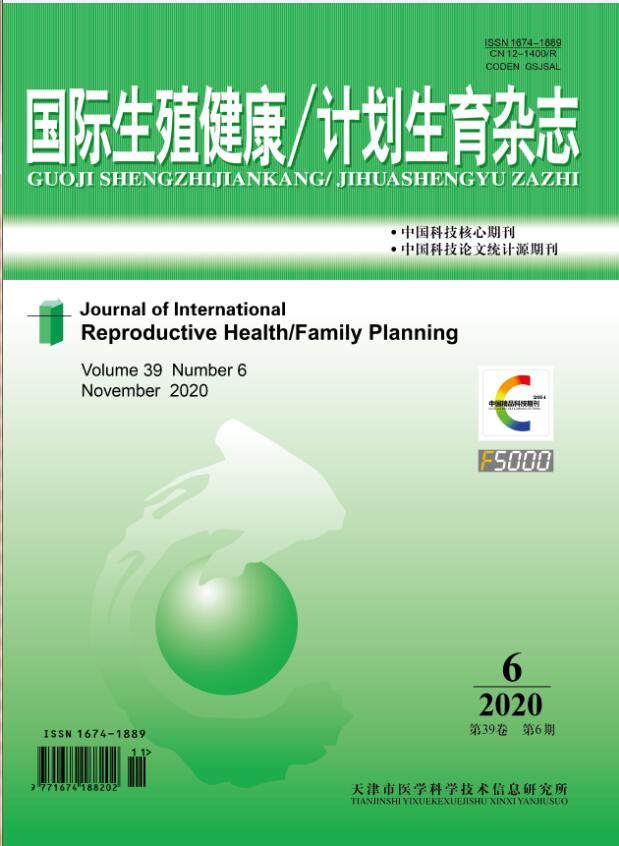|
|
Influencing Factors of Sexual Dysfunction in Women with Human Papilloma Virus Infection
LIU Ting-ting,KONG Wei-min, JIA Ning-yi, HAN Chao, HU Xiao-di, SONG Dan
2020, 39 (1):
35-39.
Objective: To study the incidence of female sexual dysfunction (FSD) and its influencing factors in women with human papilloma virus (HPV) infection. Methods: From May to July 2019, 300 HPV-positive patients were investigated using the general questionnaire and Female Sexual Function Index (FSFI). The FSD and related factors in those HPV-infected patients were analyzed. Results: Among 300 HPV-infected patients, the incidence of FSD was 81.00% (243/300), and the FSFI score was 17.34±9.73. Among the six dimensions of sexual function, the proportions of disorders from high to low were low sexual desire (82.00%), the decreased sexual satisfaction (69.00%), difficulty in arousing sex (66.67%), orgasm disorder (62.33%), sexual pain (52.00%) and vaginal lubrication difficulty (49.33%). There was significant difference in the incidence of FSD among the HPV-infected patients of different age, education level, occupation, income and anxiety (P<0.05). Logistic regression analysis showed that age >40 years old (OR=7.747, 95%CI: 3.329-18.030, P<0.001), high school/college degree and below (OR=4.029, 95%CI: 1.540-10.542, P=0.005), anxiety (OR=4.028, 95%CI: 1.713-9.472, P=0.001) were independent factors of FSD. Conclusions:The incidence of FSD in patients with HPV infection was higher, and the FSFI score was significantly lower. Among the six dimensions of sexual function, the incidence of low sexual desire was the highest. For those patients with age >40 years old, high school / college degree or below and anxiety, we should pay special attention to early identification and intervention to improve their quality of life.
Related Articles |
Metrics
|

